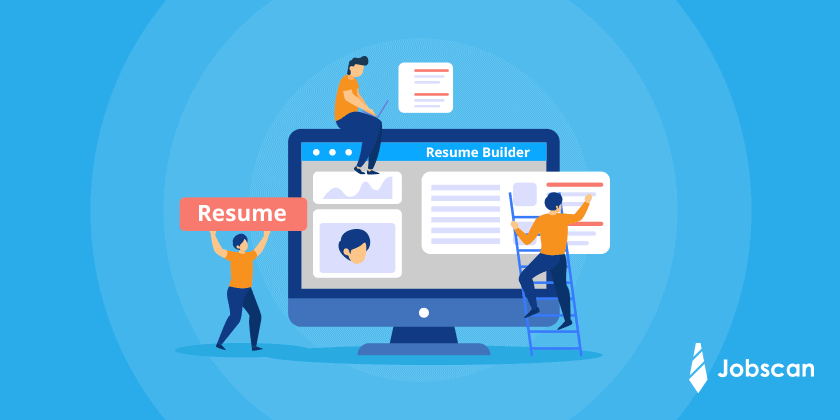SmartRecruiters now has an AI tool called Sense that helps recruiters find the best candidates for their open positions.
According to the press release, Sense’s partnership with SmartRecruiters will do four main things:
- Streamline recruitment processes.
- Maintain personalized candidate communication.
- Increase productivity for hiring managers.
- Boost revenue.
There’s no doubt this move will benefit hiring managers and companies. However, it may negatively affect job seekers.
What is Sense and how does it work?
Sense is an AI tool that allows recruiters to communicate with candidates in their database–all at once and in real time.
They can do this via SMS or WhatsApp, which shortens screening times and fills roles faster.
Recruiters can quickly filter candidates using ATS. But with Sense added into the mix, this process can be five times faster.
Here are some of its most important features:
Mass text broadcasts for candidate sourcing
ATS feed Sense with candidate data that they gather from contacts lists and job sites, like LinkedIn. Recruiters can use these databases to send out bulk messages to potential hires.
They can be as specific as they want when setting parameters for filtering. But they can also send out generic “Are you looking for a new placement?” texts to get the most leads or start mass hiring campaigns via SMS.
Text message pre-screening
Sense also enables hiring managers to pre-screen candidates via text messaging.
What does this look like?
When you send an online application, hiring managers will get in touch with you through automated text messages. They can customize these messages based on where you are in the application process.
If you have just sent your resume, for instance, you will get texts that go something like this:
“Hello, Janet. Thanks for applying for the Customer Representative position. Let’s begin the pre-screening process.”
“Are you willing to work the night shift?”
These are knockout questions that recruiters use to screen for candidates that meet the minimum requirements for the job.
Chatbot candidate reactivating
Using chatbot recruiting, Sense can also reactivate passive candidates and update their information.
If you’re looking for a new job, update your availability, experience, and location.
Once you’ve updated your data and Sense finds that you’re a match, recruiters can now include you in the messaging loop. You’ll also increase your chances of getting shortlisted.
How will this affect job seekers?
Sense is being used by more than a thousand companies. Among its biggest customers are Amazon, Coca-Cola, and Dell.
If you’re job hunting right now, chances are you’ll be sending applications to companies that use Sense’s technology.
And since Sense uses instant messaging and SMS, recruiters get responses almost immediately. They can also contact as many candidates as possible.
With the ultra-fast pace of recruitment, job seekers can land jobs faster. But competition can be even tougher as well.
Candidates can be pre-screened in a matter of minutes. And before you know it, the post has been filled!
How can job seekers keep up?
So what can job seekers do?
Here are three things that you’ll need to do to not just keep up, but get ahead.
1. Optimize your resume and LinkedIn profile–stat!
There’s no better time to optimize your resume and talent profile than NOW.
Get picked up for jobs that you’re qualified for
ATS source candidates from job sites like LinkedIn. The data they gather forms a contacts database that Sense can use for one-on-one or mass messaging.
When sending bulk hiring texts, recruiters can use generic messages. But they will most likely set parameters to expedite the hiring process.
They can do this by indicating specifics, like a job title or location, to send out messages only to candidates that meet their criteria.
When your talent profile doesn’t meet those requirements, you don’t get picked up.
This is because the technology relies on matching specific keywords on candidate profiles. When those keywords don’t appear on your profile, the tool assumes you’re not a fit.
Thankfully, you don’t have to rely on guesswork to tailor your LinkedIn profile to what recruiters want to see.
You can use Jobscan’s LinkedIn optimizer to boost your visibility so you get picked up when companies look for people with your skills.
Let your resume do the talking
With Sense, you’ll be talking with bots a lot. But that doesn’t mean your resume counts for nothing. In fact, it’s still the deciding factor for whether you get hired!
Sense uses data from your resume as well as your answers to pre-screening questions to feed ATS with an analysis of how well you match a job.
This data will show recruiters your key skills, job title match, and relevant experience, among others. Each metric will be given a score, so recruiters have an accurate, measurable basis when comparing candidates.
All this is crucial for getting you into an interview shortlist.
Fortunately, there is a guaranteed way for you to demonstrate that you’re the perfect match.
Use a resume optimization tool like Jobscan to build a resume that matches exactly what a job description is asking for. This tool provides valuable insights on keywords to use, words to avoid, and other recruiter tips to help you write a standout resume.
What’s more, an optimized resume and talent profile can help you get selected for jobs that you’re most qualified for. This increases your chances of getting hired!
2. Update your contact information
When recruiters rely on instant messaging and SMS to hire people, the last thing you’d want to be is unreachable.
Go over your resume and LinkedIn profile to make sure that your contact information is complete, updated, and free of errors.
It’s simple, but it can be the difference between another day of job hunting and securing an interview.
3. Live in your phone–at least until you get hired
Expect to get instant responses to your applications, thanks to Sense bots. So while you’re actively applying, keep your phone lines open and respond to messages quickly.
Sense notes that the average response time using their messaging service is only around ten minutes. Try not to take longer than that to increase your chances of going further in the application process.
Remember, companies are filling roles in a matter of days, so every minute counts!
–
Ready to start applying? Here’s a quick recap of how to get ahead in the selection process:
- Optimize your resume and LinkedIn profile.
- Update your contact information.
- Respond to messages right away.
Now all you need to do is get ready for your upcoming interviews!
More expert insights on this topic:




















